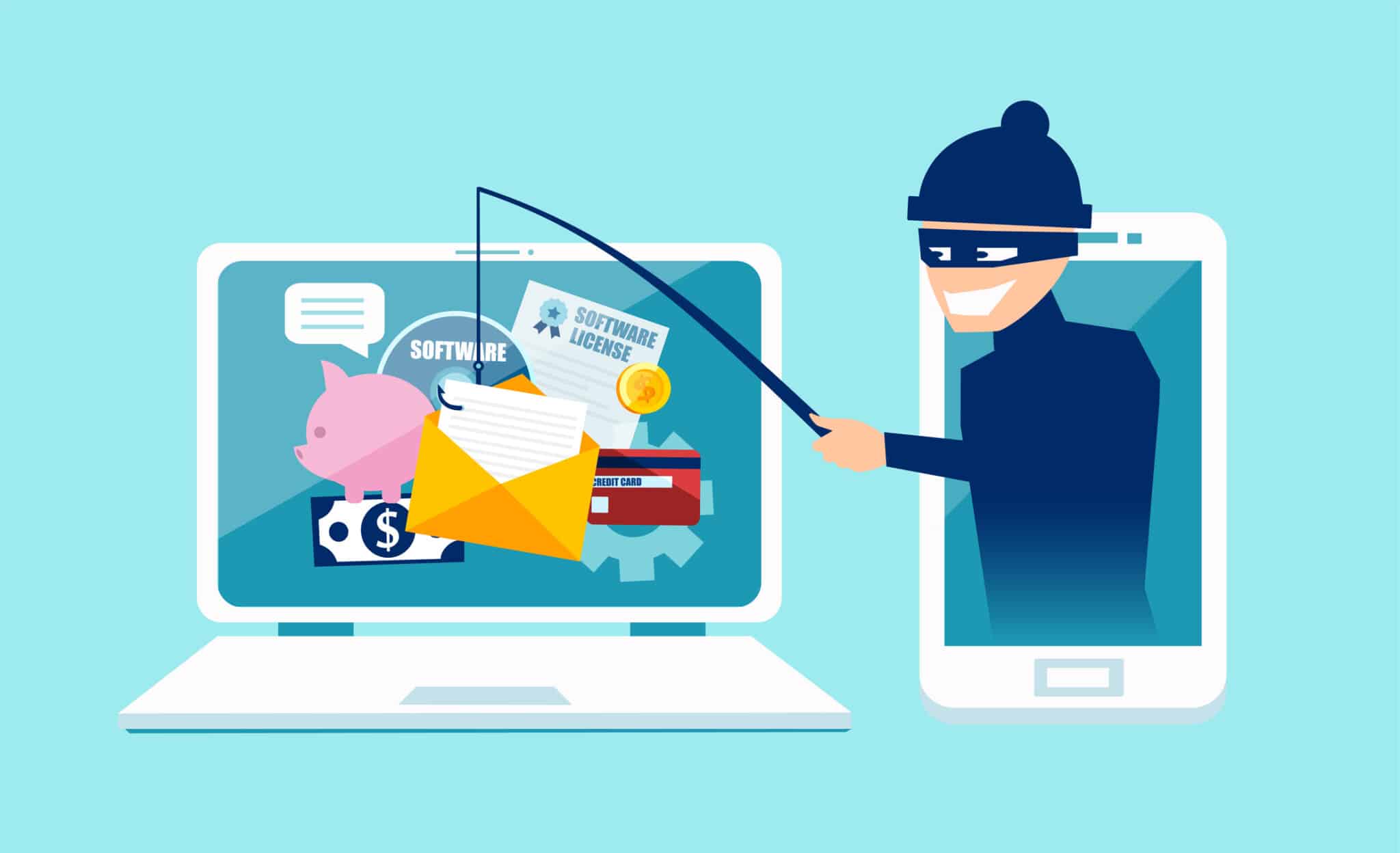Understanding Email Threats and How to Defend Against Them

Email remains a vital communication tool for businesses. However, it also serves as a major entry point for cyber threats. It’s crucial for business owners to understand the various types of email threats they may encounter and the strategies used to defend against them. Here’s an in-depth look at some common email threats and effective defense strategies.
Types of Email Threats
Phishing Attacks: Phishing attacks are fraudulent attempts to obtain sensitive information, such as usernames, passwords, and credit card details, by masquerading as a trustworthy entity. Phishers often use urgent language to trick recipients into clicking on malicious links or opening infected attachments. If your boss is asking for Amazon gift cards, then it is probably not your boss.
Spear Phishing: Unlike broad phishing attacks, spear phishing is highly targeted. Attackers customize their messages to a specific individual or organization, often using personal information to appear more convincing. These attacks are particularly dangerous as they are more likely to bypass generic defenses.
Business Email Compromise (BEC): BEC attacks specifically target businesses or individuals who perform financial transactions. This involves cybercriminals impersonating company executives or vendors to trick employees into transferring funds or disclosing confidential information. These attacks can cause significant financial losses and data breaches.
Malware Attachments: Malware attachments are a common method used by cybercriminals to infect computers and networks. Once opened, these attachments can install malicious software that can steal data, monitor activities, or provide remote access to the attacker.
Ransomware: Ransomware is a type of malware that encrypts the victim’s data and demands a ransom for the decryption key. Often delivered through email attachments or links, ransomware can cripple a business’s operations until the ransom is paid.
Credential Harvesting: Credential harvesting involves cybercriminals attempting to gather login credentials through deceptive means, such as fake login pages or phishing emails. Once obtained, these credentials can be used to access sensitive systems and data.
Strategies Used to Defend Against Email Treats
Employee Training and Awareness: Educating employees about the various types of email threats and the importance of vigilance is crucial. Regular training sessions can help staff recognize phishing attempts, suspicious attachments, and other potential threats. Simulated phishing exercises are particularly effective in reinforcing this training by providing practical, hands-on experience in identifying and responding to email threats.
Email Filtering Solutions: Implementing advanced email filtering solutions is critical in the battle against email threats. These solutions can detect and block malicious emails before they reach the inbox. They can filter out phishing attempts, prevent emails with suspicious attachments from being delivered, and identify emails that may be part of impersonation or business email compromise scams. Utilizing AI and machine learning in these filters can enhance their ability to identify sophisticated threats.
Multi-Factor Authentication (MFA): Enforcing the use of multi-factor authentication for accessing email accounts is an essential strategy to defend against email threats. MFA adds an extra layer of security by requiring users to provide two or more verification factors, making it significantly more difficult for attackers to gain unauthorized access.
Regular Software Updates: Another vital part of defending against email threat is ensuring that all software, including email clients and antivirus programs, is kept up to date. Regular updates and patches address known vulnerabilities that cybercriminals could exploit.
Data Encryption: Use encryption for sensitive emails and data. Encrypting emails ensures that even if a message is intercepted, the contents remain unreadable without the appropriate decryption key.
Incident Response Plan: An incident response plan that outlines steps to take in the event of an email-related security breach is crucial. This plan should include procedures for isolating affected systems, notifying stakeholders, and restoring compromised data.
Regular Backups: Conducting regular backups of important data and ensuring these backups are stored securely is essential. In the event of a ransomware attack or data loss incident, having recent backups can minimize downtime and data loss, allowing for data recovery without needing to pay a ransom. Ensuring that backups are encrypted and stored offsite or in the cloud can further enhance their security.
Conclusion
Email threats are evolving constantly, posing significant risks to all businesses. By understanding these threats and implementing robust security measures, businesses can safeguard their email communications and protect sensitive information. As a business owner, you have a crucial role in leading your employees through this process, assisting them in developing a solid understanding of the constantly evolving landscape of email threats.

